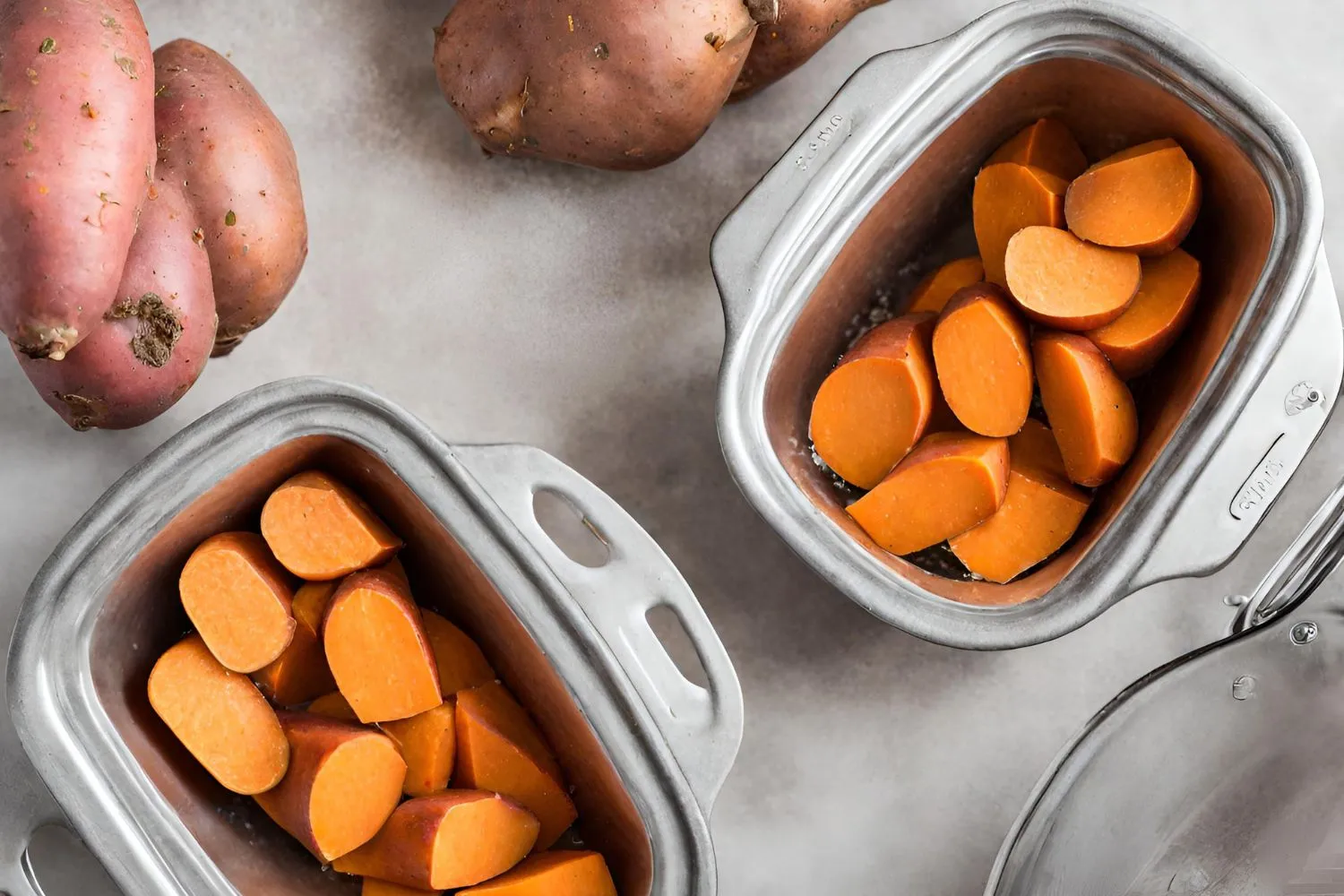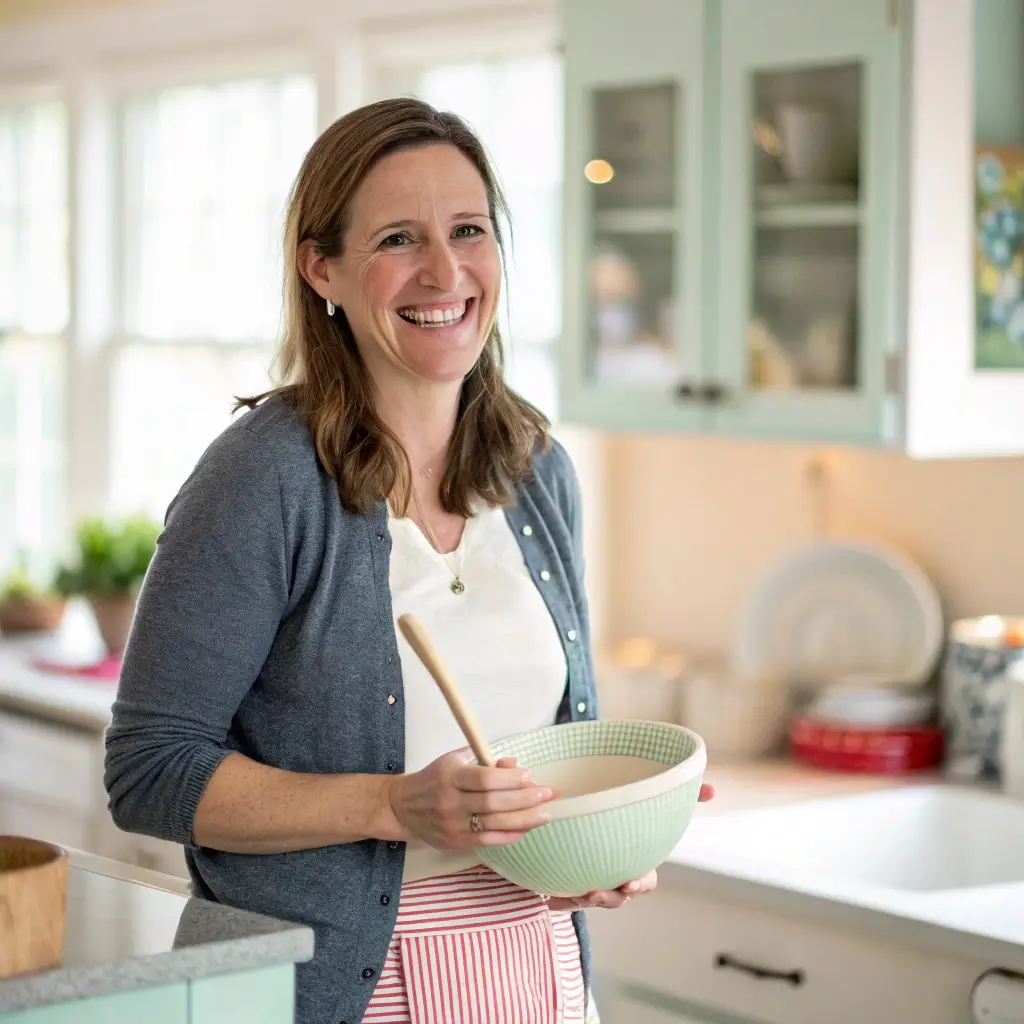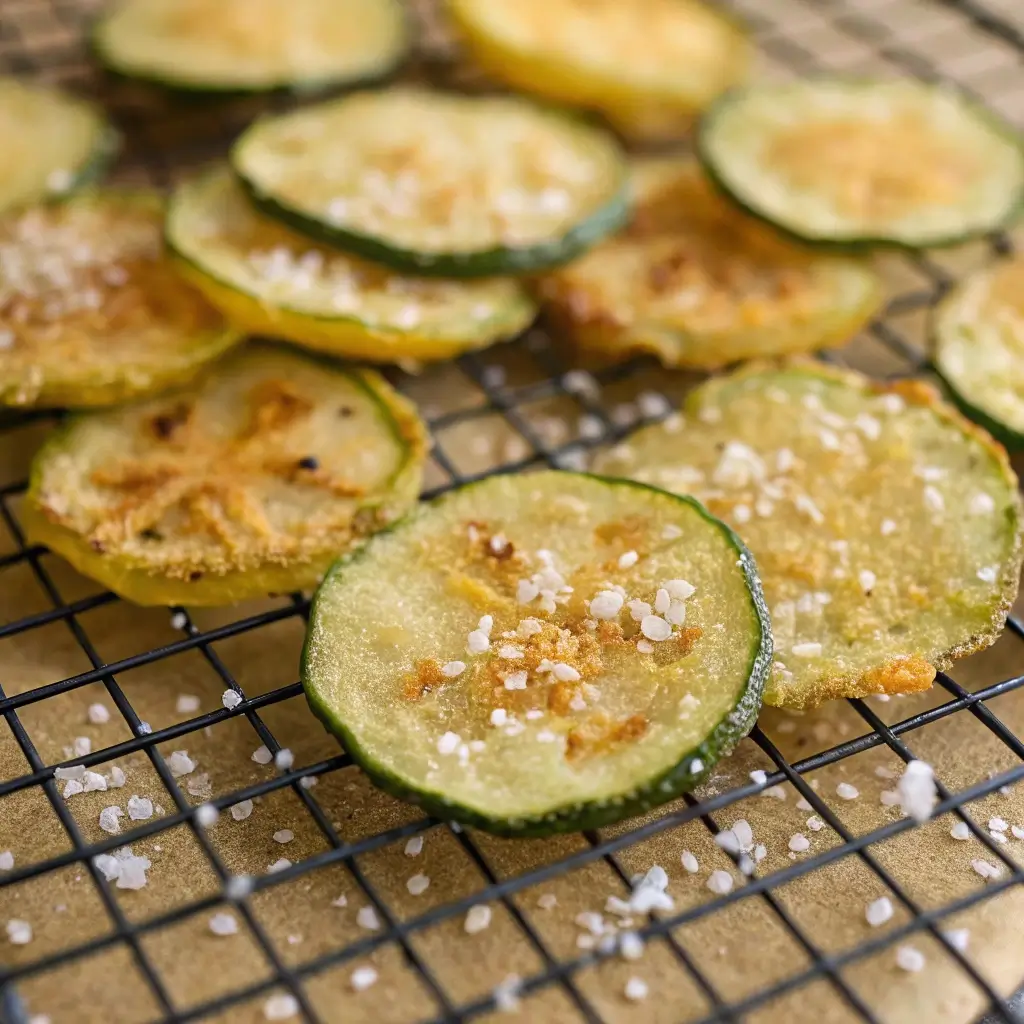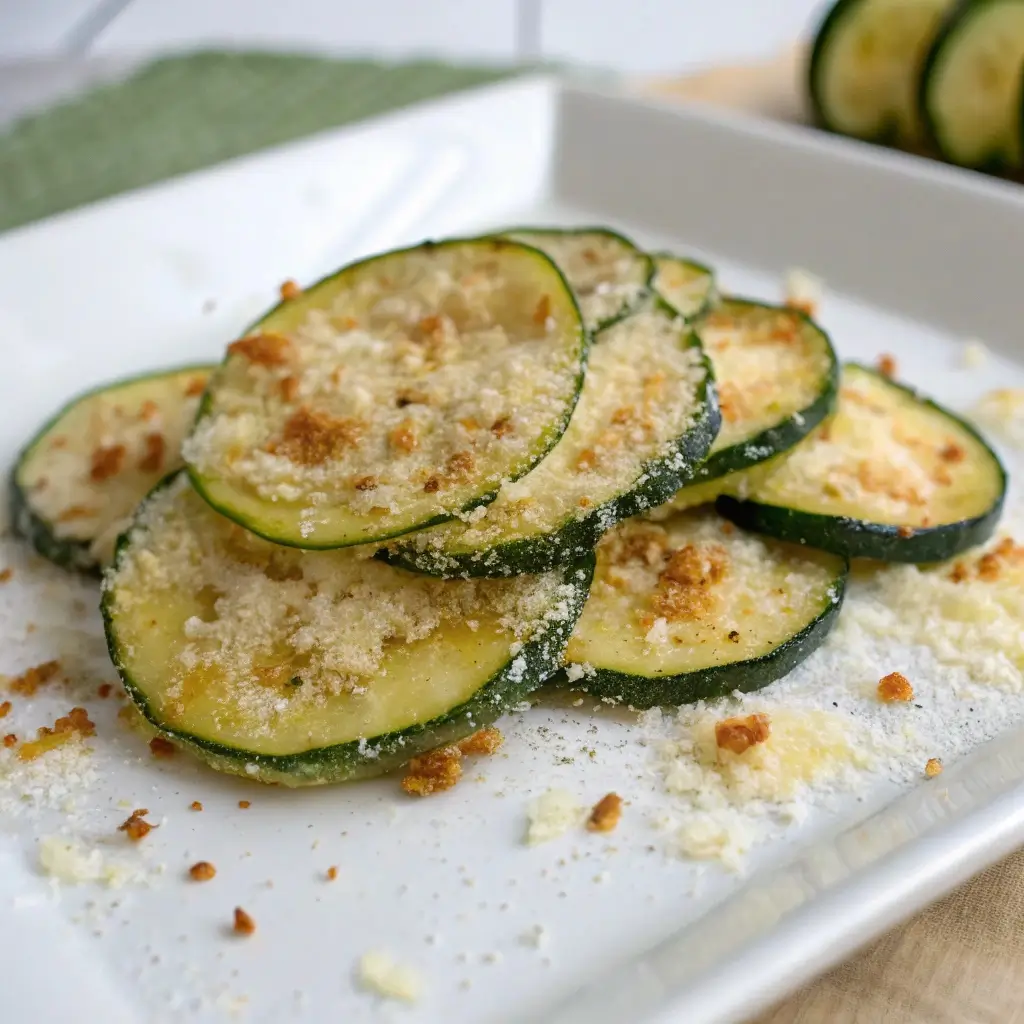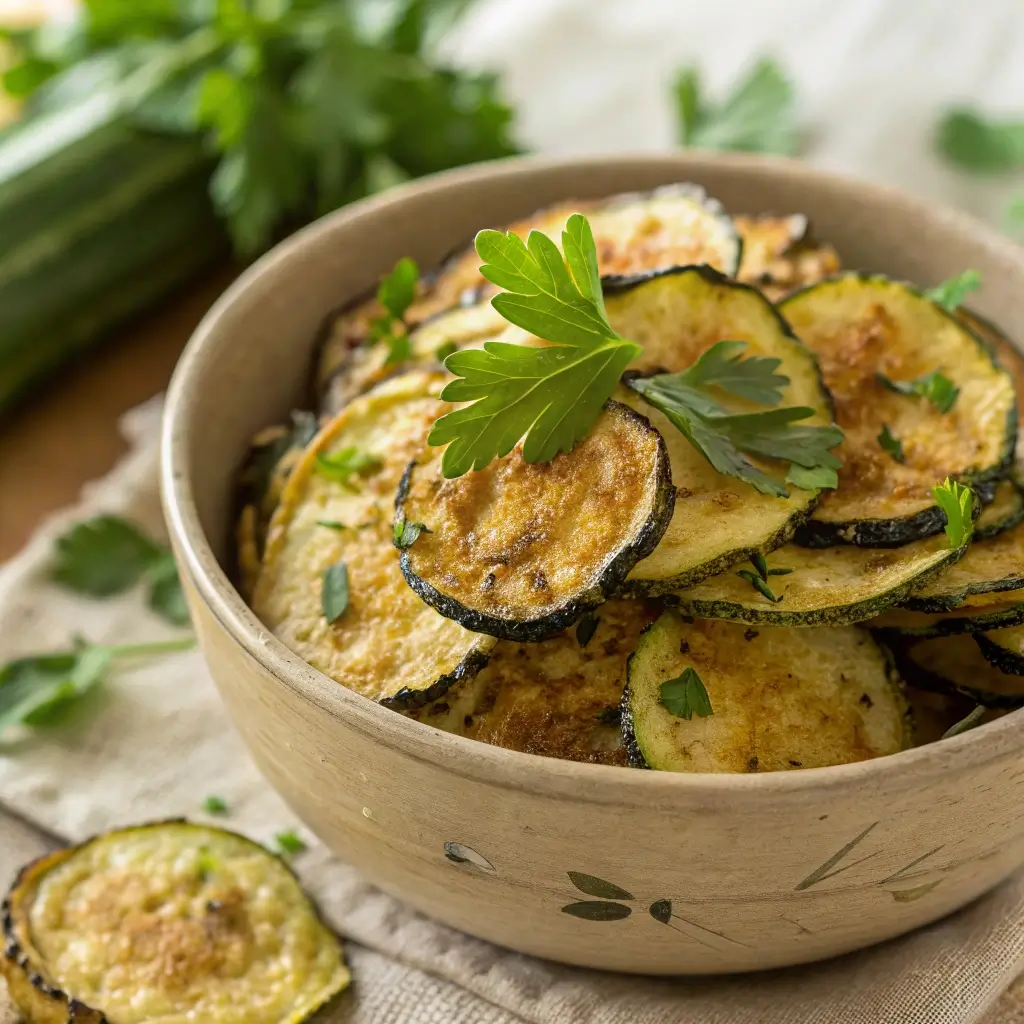Table of Contents
In the culinary universe, sweet potatoes stand out for their versatility, nutritional value, and irresistible sweetness. However, achieving that perfect blend of crispy exterior and soft, fluffy interior can sometimes feel like a culinary puzzle. This is where the secret step of soaking sweet potatoes before baking comes into play. In this comprehensive guide, we’ll unravel the mysteries behind this simple yet transformative preparation method. From the science of starch reduction to enhanced flavors and textures, prepare to elevate your sweet potato dishes to new heights.
Introduction to Sweet Potatoes
Sweet potatoes, a staple in many diets around the globe, are not just delicious but are packed with nutrition. Rich in beta-carotene, vitamins, minerals, and antioxidants, these tubers can be a sweet addition to any meal. But, to unlock their full potential, especially when baking, a little prep work goes a long way. Enter the technique of soaking sweet potatoes before baking—a game-changer in achieving that coveted crispy-on-the-outside, soft-on-the-inside texture.
The Concept of Soaking Sweet Potatoes
You might wonder, “Why bother soaking sweet potatoes?” Well, the process does more than just prep these spuds for the oven. It’s about enhancing everything we love about sweet potatoes: their sweetness, texture, and overall flavor profile. Soaking helps to reduce the starch content, which in turn minimizes that undesirable toughness often encountered in baked sweet potatoes. Moreover, it contributes to an even cooking process, ensuring that every bite is perfectly tender.
In the next sections, we’ll dive deeper into the why’s and how’s, providing you with all the knowledge you need to master this simple, yet effective technique. So, let’s get soaking and transform your sweet potato baking experience!
The Science Behind Soaking
Why Soaking Matters
At first glance, soaking sweet potatoes might seem like just another step in your cooking process. However, the magic of this method lies in the science of starch. Sweet potatoes are loaded with starch, which can make them tough and hard to chew when cooked. Soaking them in water before baking helps to leach out some of this starch, leading to a softer, creamier texture inside while allowing the outside to crisp up beautifully in the oven. Furthermore, the soaking process starts the hydration of the potato, ensuring that it cooks more evenly, preventing those dreaded hard spots.
Moreover, soaking sweet potatoes can subtly enhance their natural sweetness. As the starch is broken down, it converts to sugars, adding a delightful hint of sweetness that complements the natural flavors of the sweet potato. This method isn’t just about texture; it’s a comprehensive upgrade to your sweet potato experience.
The Effects of Soaking on Sweet Potatoes
So, what exactly happens when you soak sweet potatoes? First and foremost, the reduction in starch content aids in achieving that sought-after crispy exterior without sacrificing the interior’s moisture. It’s the best of both worlds: the outside becomes satisfyingly crunchy, while the inside remains soft and fluffy.
Soaking sweet potatoes removes dirt and pesticides from the skin, making it safer to eat. This step is great for those who like to keep the skin on, as it improves cleanliness and quality.
In essence, soaking sweet potatoes is simple yet impactful. It shows how preparation can enhance their culinary qualities. By using this technique, you’re creating a more delightful eating experience.
Soaking Sweet Potatoes Before Baking Properly
Preparing for Soaking
Before diving into the soaking process, choosing the right sweet potatoes is crucial. Look for sweet potatoes that are firm, without any soft spots, bruises, or signs of sprouting. These indicators can affect the overall quality and taste of your dish. Once you’ve selected the best sweet potatoes, gather your materials: a large bowl or pot, cold water, and a clean kitchen towel or paper towels for drying.
The Soaking Process
Soaking sweet potatoes is as simple as it sounds, yet it’s essential to follow the steps for optimal results. Here’s how you can ensure your sweet potatoes are perfectly prepped:
- Clean the Sweet Potatoes: Start by thoroughly rinsing your sweet potatoes under cold running water. Use a soft brush to remove any dirt or debris from the skin. This step is crucial, especially if you plan to bake them with the skin on.
- Cut If Necessary: For quicker soaking, you can cut the sweet potatoes into halves or quarters, depending on their size. This step is optional but can be helpful if you’re short on time.
- Soak the Sweet Potatoes: Place the cleaned sweet potatoes in a large bowl or pot and cover them with cold water. Ensure the sweet potatoes are fully submerged. If they float to the top, you can place a plate or a smaller lid on top to keep them underwater.
- Soaking Time: Let the sweet potatoes soak for at least 30 minutes to an hour. If you have more time, soaking for up to two hours can be even more beneficial, especially for larger or particularly starchy sweet potatoes.
- Dry Thoroughly: After soaking, remove the sweet potatoes from the water and pat them dry with a clean kitchen towel or paper towels. It’s important to remove as much moisture as possible to ensure they crisp up in the oven.
By following these steps, your sweet potatoes will be primed for baking, setting the stage for a deliciously crispy and flavorful outcome.
In the next section, we’ll explore how to transition from soaking to baking, ensuring your sweet potatoes reach their full crispy, delicious potential. Stay tuned as we continue to unravel the secrets behind perfectly baked sweet potatoes.
Baking After Soaking
Preparation for Baking
Once your sweet potatoes have been soaked and thoroughly dried, it’s time to prepare them for the oven. This is where the magic happens, transforming your soaked sweet potatoes into a delectable treat.
- Preheat Your Oven: Start by preheating your oven to 425 degrees Fahrenheit (220 degrees Celsius). This high temperature is crucial for achieving that crispy exterior.
- Seasoning: While your sweet potatoes are naturally flavorful, a little seasoning can elevate them even further. Lightly toss your dried sweet potatoes in a mixture of olive oil and sea salt. For those looking for an extra kick, consider adding a dash of garlic powder or paprika.
- Arrange on a Baking Sheet: Spread the sweet potatoes out on a baking sheet lined with parchment paper. Ensure they are in a single layer with some space between each piece to allow for proper airflow and even cooking.
Baking Tips and Tricks
- Don’t Overcrowd: Crowding your sweet potatoes on the baking sheet can lead to steaming rather than baking, robbing them of their potential crispiness.
- Flip Halfway Through: About halfway through the baking time, flip your sweet potatoes to ensure they brown and crisp up evenly on all sides.
- Test for Doneness: Sweet potatoes vary in size and thickness, so their cooking times may differ. They’re done when the outside is crispy, and the inside is soft and easily pierced with a fork.
Following these tips will help you achieve perfectly baked sweet potatoes, but remember, every oven is different. Keep an eye on your sweet potatoes as they bake to prevent overcooking.
For instance, discover the rich flavors of our Caldo de Res: The Ultimate Guide to Traditional Mexican Beef Soup, a perfect accompaniment to your baked sweet potatoes for a hearty and satisfying meal.
In the next section, we’ll dive into serving suggestions and creative variations to inspire your sweet potato dishes, making every meal an adventure. Stay tuned as we continue to explore the endless possibilities of sweet potatoes, from savory toppings to sweet delights.
Serving Suggestions and Variations
Creative Toppings and Pairings
After mastering the art of soaking and baking sweet potatoes, the next step is to explore the world of toppings and pairings. Sweet potatoes’ natural sweetness makes them a versatile base for a variety of flavors, from savory to sweet.
- Savory Options: For a hearty meal, top your baked sweet potatoes with black beans, avocado, salsa, and a dollop of sour cream or Greek yogurt. Sprinkle with cilantro and a squeeze of lime for a fresh finish. This combination not only tastes delicious but also packs a nutritional punch.
- Sweet Sensations: Embrace the sweet potato’s natural sweetness with a drizzle of maple syrup, a sprinkle of cinnamon, and a handful of toasted pecans or walnuts. For an indulgent twist, add a dollop of whipped cream or a scoop of vanilla ice cream on top of a warm sweet potato.
For those interested in more traditional recipes, consider pairing your baked sweet potatoes with the rich and comforting flavors of our Old-Fashioned Butter Valentine Cookies Dipped in Chocolate, perfect for a cozy night in.
Alternative Methods for Cooking Sweet Potatoes
While baking is a beloved method for preparing sweet potatoes, it’s just the tip of the iceberg. Sweet potatoes are incredibly adaptable, thriving in various cooking environments.
- Grilling: Slice your sweet potatoes into thick rounds, brush with oil, and season. Grill over medium heat until tender and charred for a smoky flavor.
- Boiling and Mashing: Boiled sweet potatoes can be easily transformed into a smooth and creamy mash, ideal as a side dish or a base for sweet potato pancakes.
- Microwaving: For a quick and easy option, microwaving sweet potatoes is surprisingly effective. Just poke a few holes in them with a fork and microwave on high until tender.
Discover The Science of Cooking to explore more about how different cooking methods affect the flavor and texture of foods, including sweet potatoes. This resource can inspire your culinary adventures and help you understand the “why” behind your favorite cooking techniques.
As we wrap up our exploration of soaking and baking sweet potatoes, remember that the joy of cooking lies in experimentation. Each method and variation offers its own unique flavors and textures, inviting you to customize your dishes to your liking. So, go ahead, get creative with your sweet potatoes, and let your taste buds lead the way to new and exciting culinary creations.
FAQs About Soaking Sweet Potatoes Before Baking
Why is soaking sweet potatoes before baking beneficial?
Soaking sweet potatoes helps to remove some of the starch, leading to a crispier exterior when baked. It also ensures more even cooking and enhances the natural sweetness of the sweet potatoes.
Can you soak sweet potatoes for too long?
While soaking sweet potatoes for 1-2 hours is beneficial, soaking them for too long, say, over 4 hours, can make them waterlogged and negatively affect their texture. It’s all about finding that sweet spot.
Is there a difference between soaking in cold vs. hot water?
Yes, cold water is recommended for soaking sweet potatoes. Hot water can start the cooking process prematurely and lead to uneven textures. Cold water soaking ensures that the sweet potatoes cook evenly when baked.
How can I tell when my baked sweet potatoes are done?
Sweet potatoes are done when their exterior is crispy, and the interior is soft and easily pierced with a fork. Cooking times may vary based on the size of your sweet potatoes, so keep an eye on them and adjust as necessary.
Can I bake sweet potatoes without soaking them first?
A: Absolutely! Soaking is a method to enhance texture and flavor, but it’s not mandatory. You can still achieve delicious results by baking sweet potatoes directly, especially if you’re short on time.
Are there any other methods to enhance the crispiness of baked sweet potatoes?
A: Yes, tossing your sweet potatoes in a light coating of cornstarch or arrowroot powder before baking can also contribute to a crispier exterior. This method can be used in addition to or instead of soaking.
Conclusion
There you have it, a comprehensive guide to soaking and baking sweet potatoes that captures the essence of why this preparation method is worth your time. Sweet potatoes, with their natural sweetness and robust nutritional profile, offer a versatile canvas for culinary creativity. Whether you’re a seasoned chef or a home cook, the techniques and tips shared in this guide are designed to enhance your cooking experience and elevate the humble sweet potato from a simple side dish to the star of your meal.
As we wrap up, remember cooking is an art. Soak, bake, and season your sweet potatoes to suit your taste. Explore beyond traditional recipes. The world of sweet potatoes offers endless possibilities. Happy cooking! May your sweet potatoes always be crispy, tender, and delicious.
